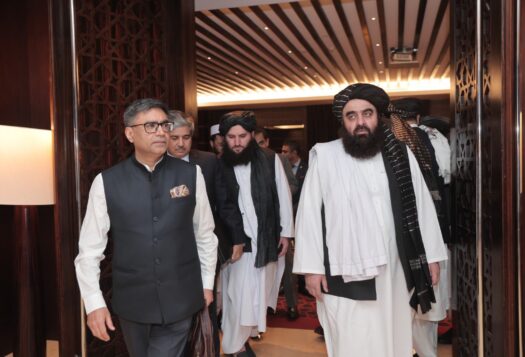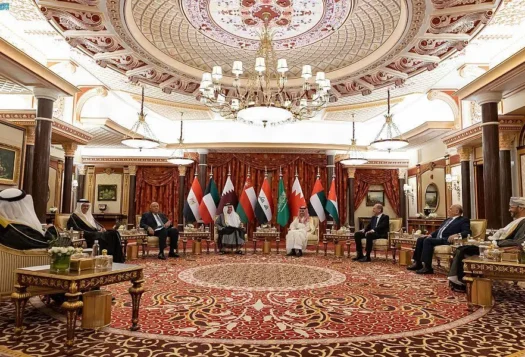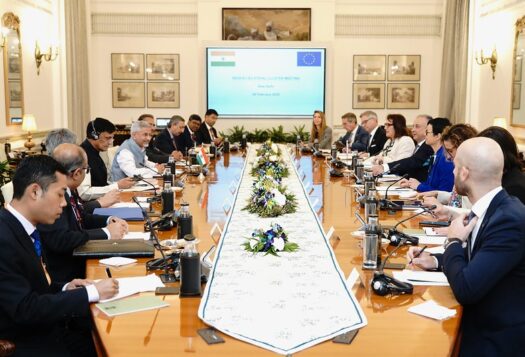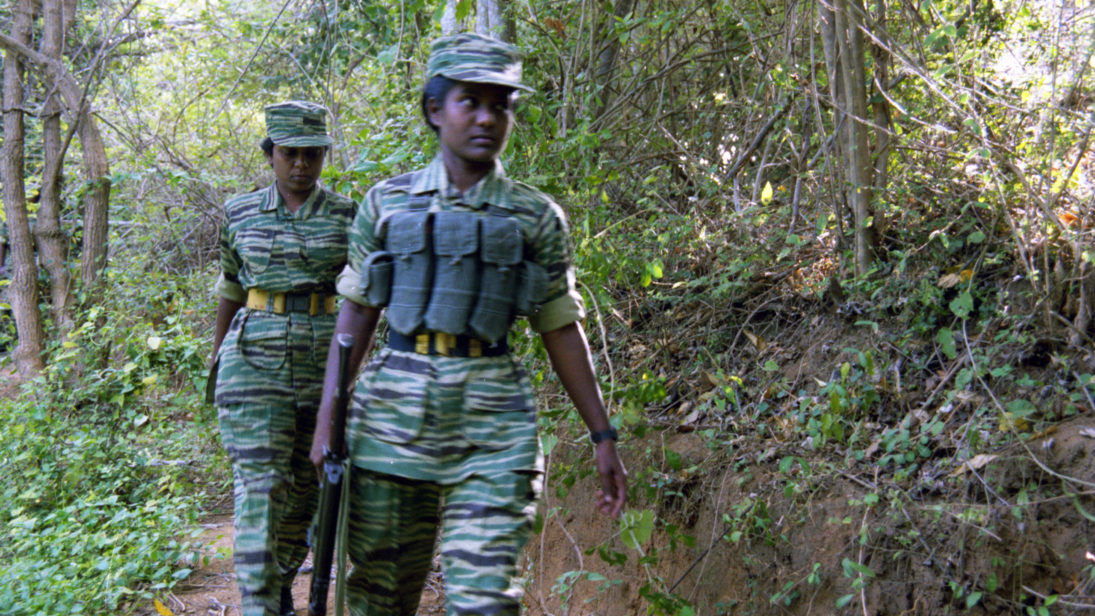
Several South Asian countries have been affected by armed conflicts that have undermined their sovereignty and territorial integrity. Sri Lanka faced the ethno-separatist Tamil Eelam movement—in the pursuit of creating a separate homeland for the Tamils—from 1983 to 2009. The armed struggle by the now-defunct Liberation Tigers of Tamil Eelam (LTTE) formed in response to the discriminatory policies adopted by successive governments that strengthened the position of the majority and marginalized minority groups. While the secessionist movement faced military defeat in 2009, its nationalist ideologies survive by means of a network of diasporic groups in third-party countries. Some of these diasporic groups remain committed to their demands for a separate homeland. While successive governments have made efforts to neutralize the movement through the process of Sinhalization,1 sections of the Tamil diaspora have kept it alive in their host countries. Their narratives of nationhood, persecution, and struggle play a pivotal role in internationalizing a subnational resistance movement under the framework of liberal peace engagement.2
Origins of the Tamil Eelam movement
While successive Sri Lankan governments have made efforts to neutralize the movement through the process of Sinhalisation, Tamil diaspora groups have kept LTTE narratives of nationhood, persecution and struggle alive in their host countries.
Sri Lanka experienced a highly protracted and intractable civil war between the government and the LTTE between 1983 and 2009. The LTTE, an ethno-nationalist militant group, was founded in 1972 by Velupillai Prabhakaran, who fought for a separate homeland for the Tamil minority living in the Northern and Eastern provinces of Sri Lanka. The ethnic strife ended in May 2009 after the Sri Lankan army killed many top military top personnel, including Prabhakaran. However, a UN report noted that around 40,000 civilians were killed during the final stages of the war. Since 2009, Sri Lanka has been under international pressure to investigate the accusations of war crimes committed by both the Sri Lankan military and LTTE.
Despite global pressure for accountability, successive governments in Sri Lanka have either failed to deliver their promises or committed to half measures that have not satisfied global human rights advocates. The Mahinda Rajapaksa government that played a key role in defeating the LTTE was emboldened by its victory and validated the dominance of the Sinhala-Buddhist ideology. The absence of a peace agreement between the government and the LTTE meant there was no transformation of the post-war process. It also represented a defeat of Tamil nationalism and the quest to create an independent state for the Tamil community. The state did not feel obliged to address the concerns of minority citizens and, as a result, there was little impetus to address the violent legacy of the past and integrate reconciliation and accountability into the nation-building process.
Instead, the government has undertaken projects to neutralize the LTTE movement through Sinhalization. Although the process of Sinhalization has been ongoing since the 1950s, in the last 11 years it has adopted new dimensions. The government has increased its efforts to militarize, change demography and securitize development in a systematic and organized manner. Public surveillance in the Northeast has persisted post-war.
The government is also believed to have plans to alter the ethnic demography by resettling thousands of Sinhalese families in the Northeast. Many families from the South have been relocated to properties that were snatched from the Tamils. There are also reports that Buddhist religious symbols have penetrated Tamil-dominated areas where hardly any Sinhalese families live. As part of this process, it has become a common practice to build a Buddhist shrine in places where a Bodhi tree3 was found. The government is also changing the cultural landscape by replacing Tamil names with Sinhala ones. For instance, the name Thiruvadinilai was renamed Jambukolapatune in Jaffna. The cultural and linguistic changes in the Northeast are some key elements of the state’s nation-building project in the post-war era, an endeavor intended to assert its power over Tamil-dominated spaces. This nation-building process also encompasses other areas, including militarization, strengthening the unitary state structure, and infrastructure development.
Although the inception of the Yahapalana (good governance) government following Rajapaksa’s tenure arguably led to greater religious and ethnic tolerance, Sinhalization persisted. After the Easter Bombings, former President Maithripala Sirisena extended an order that transferred police powers to the military under the pretext of public security. This administration also upheld the country’s unitary state structure and affirmed Buddhism’s special place in the constitution.
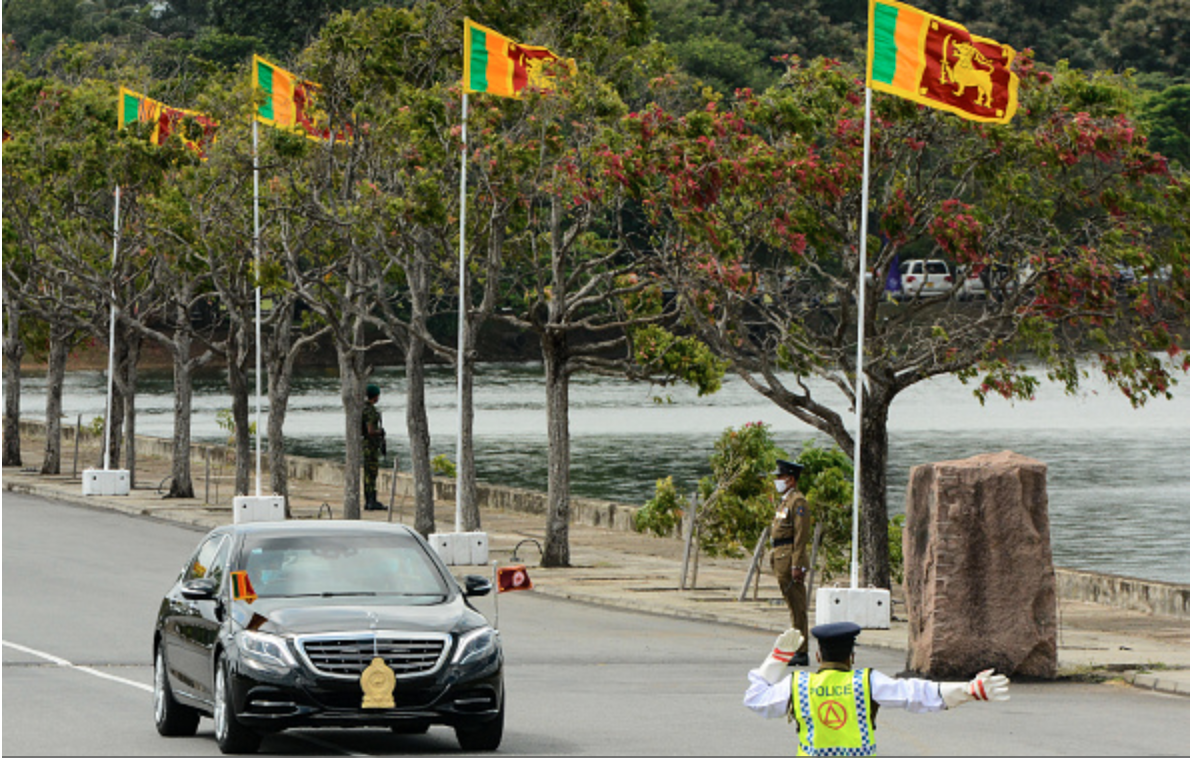
Transnationalization of the conflict
Although Tamil nationalists lost their long-standing connection with a consolidated and dominant group when the civil war came to an end, their ideology has endured through a network of organizations in the absence of a centralized decision-making body. The Sri Lankan Tamil diaspora has transnationalized the ethnic conflict between the Sinhalese and Tamil communities by establishing centers of its internal network in cities such as Sydney, London, New Jersey, and Toronto. The diaspora has also emerged as a strong contender in international politics whose demands are compatible with globalized justice efforts on issues of accountability and reconciliation. The Tamil community has resorted to non-institutional platforms to preserve and promulgate its identity, notion of nationhood and narrative of persecution and struggle.
Rituals and ceremonies orchestrated by the Tamil diaspora are cultural repertoires of struggle that serve multiple purposes, including providing an avenue to support their identity and demands.
The Tamil nationalist identity has re-emerged at commemorations and other large scale gatherings. These rituals and ceremonies orchestrated by the Tamil diaspora are cultural repertoires of struggle that serve multiple purposes, including providing an avenue to support their identity and demands. The annual Maaveerar Naal (Great Heroes Day) that pays homage to those who died during the war glorifies the LTTE by hoisting its flag and displaying pictures of its former leaders. This commemoration began in the 1980s as a site of collective mourning and political struggle led by the LTTE leaders. The event was also broadcast live to the Tamil diaspora and played at protests held outside of Sri Lanka. The Tamil diaspora that has worked to keep the nationalist sentiment alive in its host countries has replaced the LTTE as the standard bearer of Tamil nationalism under the framework of the liberal peace engagement. Antagonisms between the international pressure for liberal reform and Sinhala nationalism have led to an unusual alignment between global actors and Tamil nationalists. The network of diaspora groups and activists have also established connections with political parties that have in turn relied on them for their own mileage and traction.
The Gotabaya Rajapaksa government’s landslide victory at the recently held parliamentary elections has raised new concerns on the ethnic question and federalism. Its departure from the United Nations resolution 30/1 and 40/1 on reconciliation and accountability demonstrates its strong stand against any efforts to start international inquiries. Moreover, the Tamil National Alliance’s (TNA),4 poor performance of securing only 10 seats in the new parliament could reduce its political power to push for accountability and reconciliation. The new government that has promised to implement a constitution based on “one country, one law” raises further anxiety on whether it will reduce the existing powers of the provinces and strengthen the unitary state structure. Nonetheless the administration certainly faces a challenge ahead in ensuring the minority communities their rights are be protected amid pressure from the international Tamil diaspora.
The author would like to thank Mr. Abdul Basit for reviewing an earlier draft of this article.
***
Image 1: Wikimedia Commons
Image 2: NurPhoto via Getty Images
- Sinhalization in this piece is defined as encompassing “occupation by the overwhelmingly Sinhalese army, demographic change by settling Sinhalese families in the North, renaming roads and areas in the Sinhalese language and building Buddhist stupas in traditionally Hindu or Christian areas—physical landmarks that support he Sinhala-Buddhist nationalist project.”
- The liberal peace framework focuses on the nature of peace in political, social, security, economic and international spheres.
- The Bodhi tree is significant in Buddhism and represents the location of the Buddha’s enlightenment.
- The Tamil National Alliance (TNA) is the main alliance of several Tamil parties in Sri Lanka.
